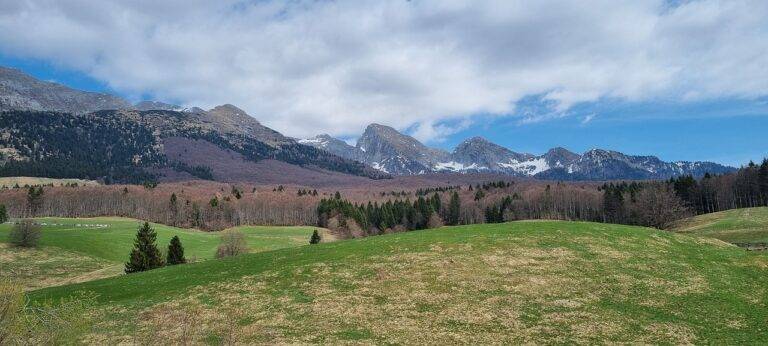Exploring Underground Rivers and Lakes: A Hidden Journey
The Earth’s crust hides a complex and mysterious world beneath our everyday lives. Deep beneath the surface lie intricate networks of caverns, tunnels, and underground waterways. These hidden realms exist beyond our awareness, yet they play a crucial role in shaping the landscapes we see above ground.
Explorers and scientists have long been captivated by the enigmatic depths of the Earth. From vast underground cave systems to subterranean rivers flowing silently beneath our feet, these hidden wonders continue to intrigue and inspire both researchers and adventurers alike. The mysterious world beneath our feet holds secrets waiting to be uncovered, offering a glimpse into a realm that remains largely uncharted and unknown.
The Formation of Underground Waterways
Underground waterways are intricate networks of channels carved into the Earth’s bedrock over millions of years. These water passages are formed through a combination of geological processes, including erosion from flowing water, chemical weathering of rocks, and the dissolution of soluble minerals.
As precipitation seeps into the ground, it picks up carbon dioxide and other acidic compounds, gradually dissolving parts of the rock it comes into contact with. This slow but persistent process creates pathways that widen over time, eventually forming caves, tunnels, and passages through which groundwater can flow and accumulate.
How are underground waterways formed?
Underground waterways are typically formed through a process called karstification, where soluble rocks such as limestone, dolomite, and gypsum are dissolved by acidic groundwater, creating underground caves, tunnels, and channels.
Why are underground waterways considered mysterious?
Underground waterways are considered mysterious because they are hidden from view beneath the earth’s surface, making them difficult to study and explore. They often have complex and intricate networks that can be challenging to map.
How do underground waterways impact the surface environment?
Underground waterways play a crucial role in supplying water to springs, rivers, and lakes on the surface. They also help regulate the flow of groundwater and can influence the stability of land above them.
Are underground waterways dangerous?
While underground waterways can be fascinating to explore, they can also be hazardous due to the potential for flooding, collapses, and other dangers. It is important to take precautions and have proper training before attempting to navigate underground waterways.





